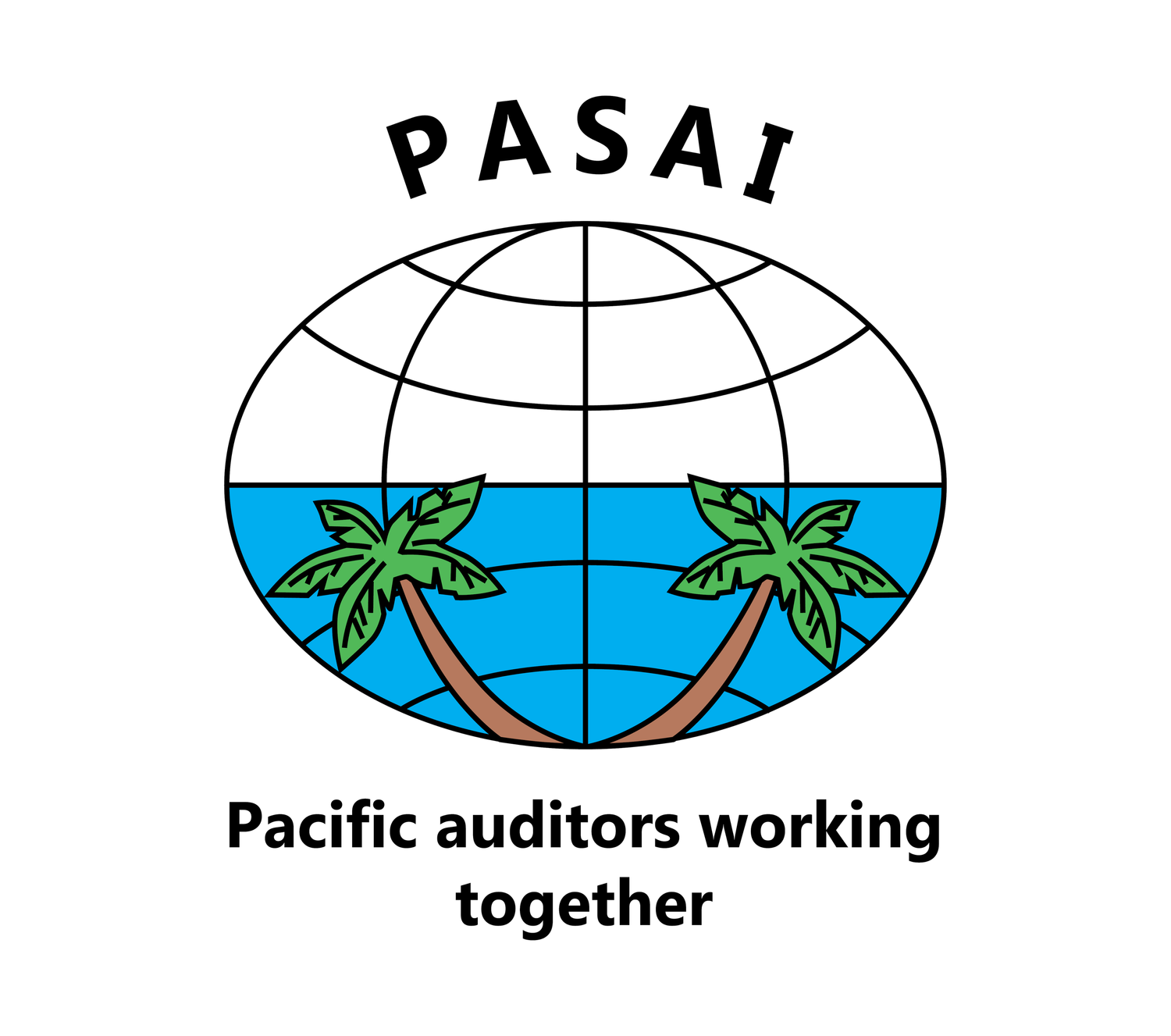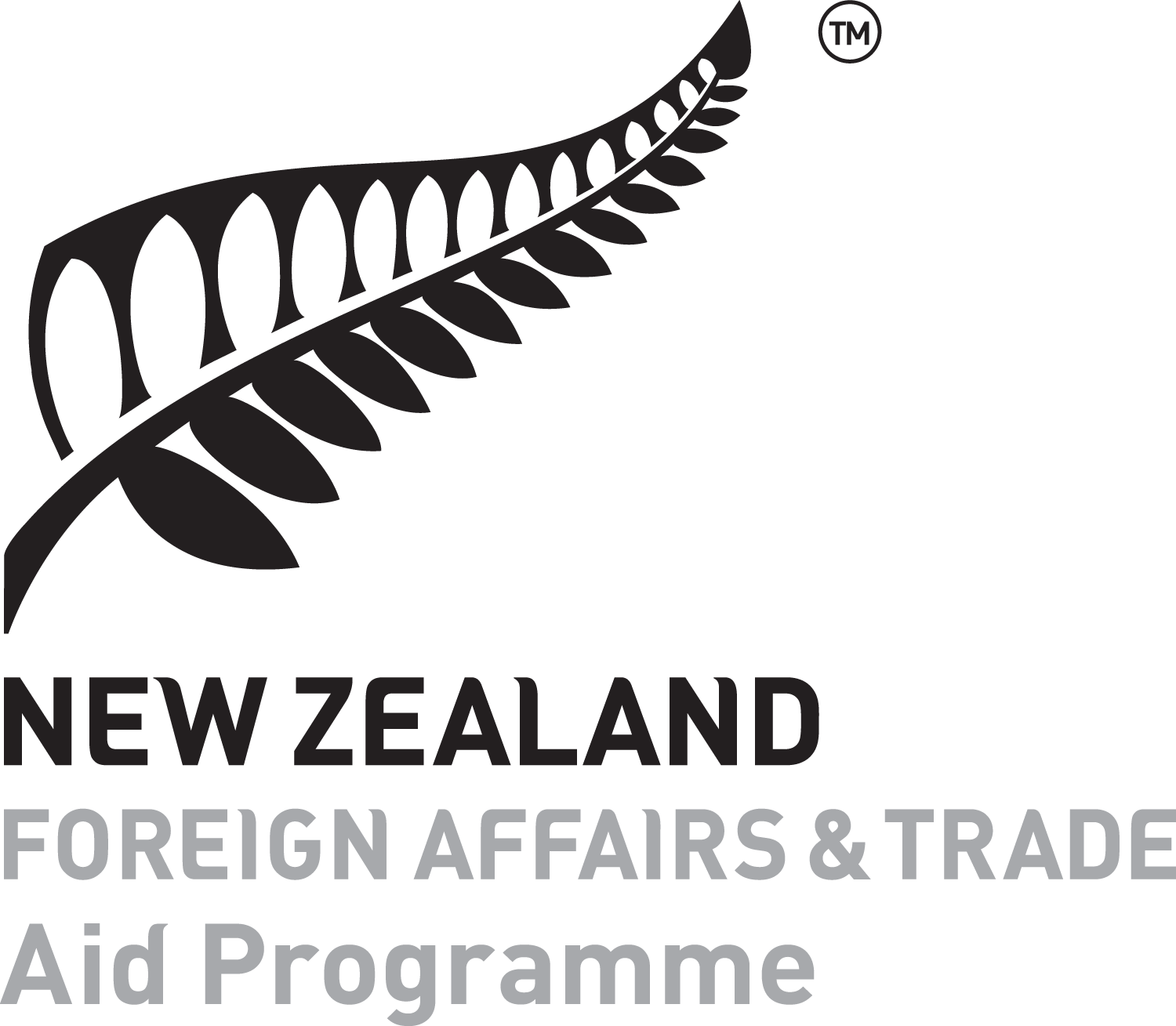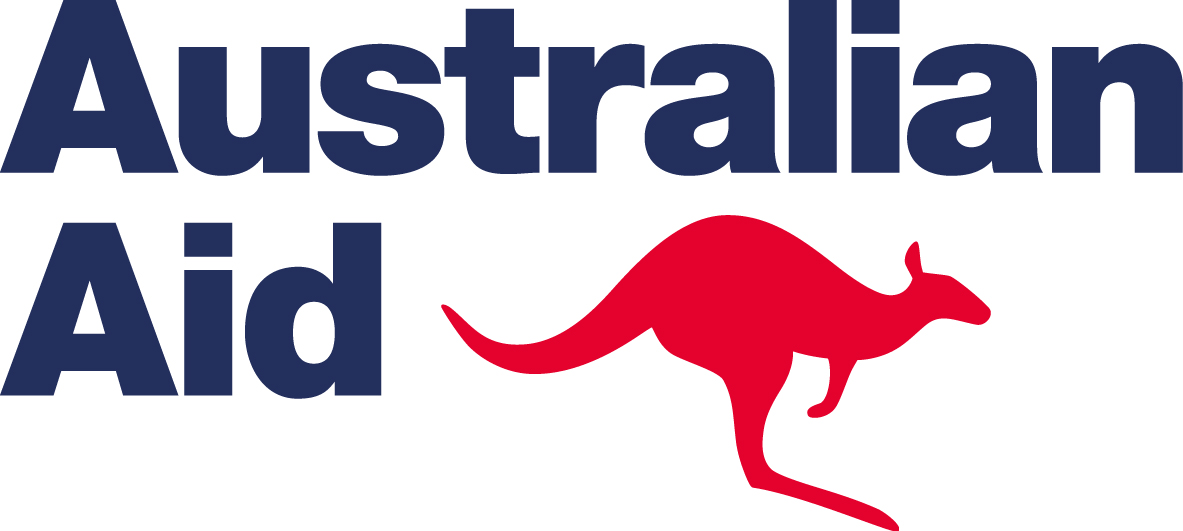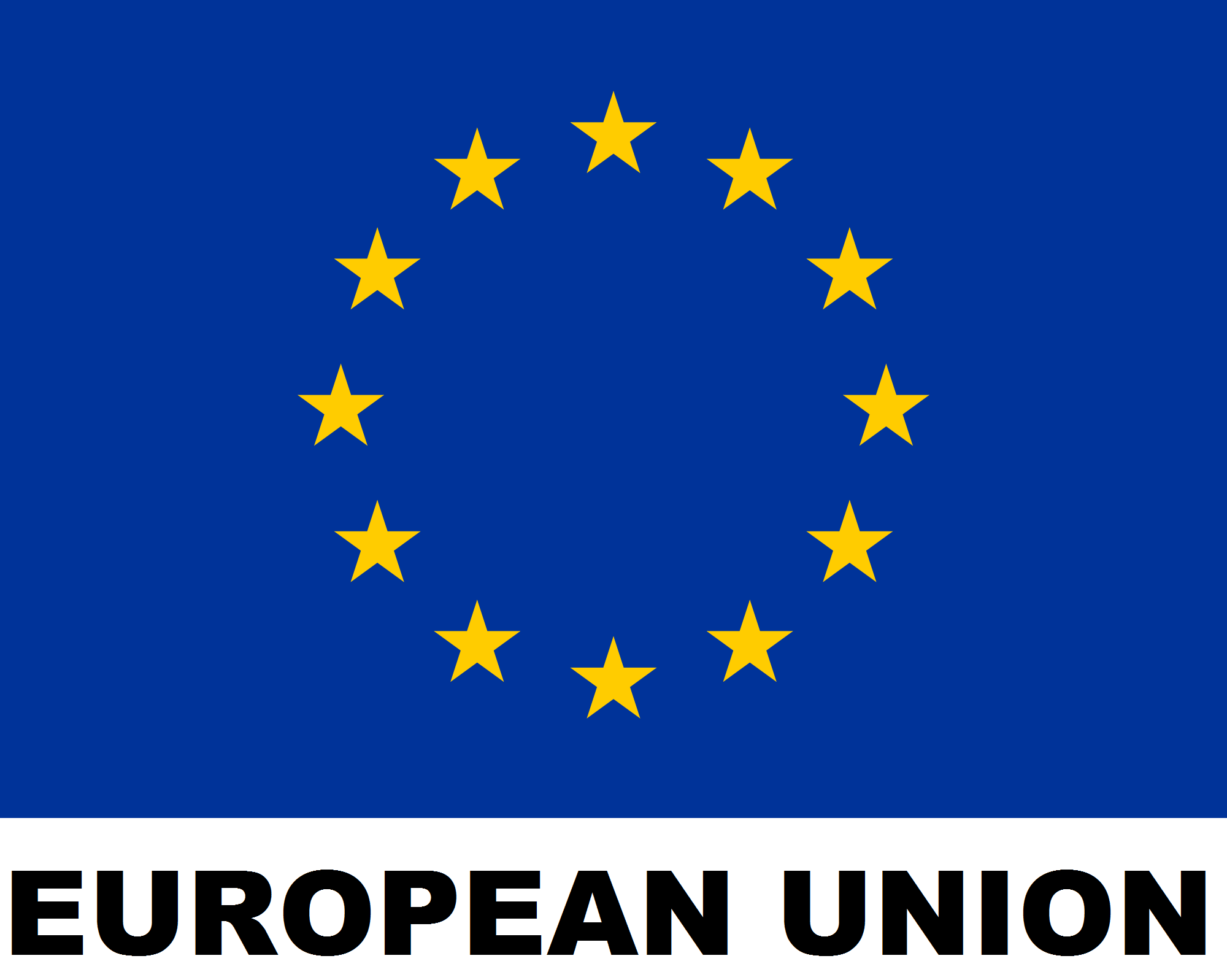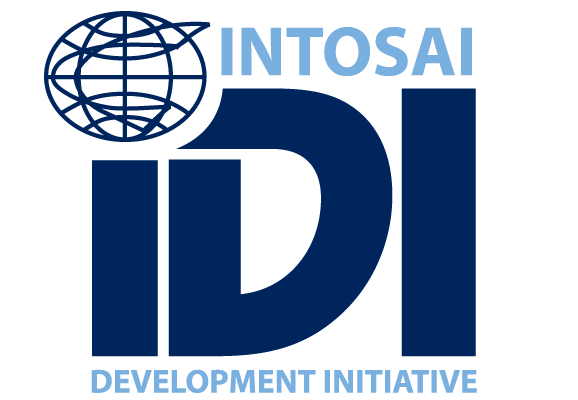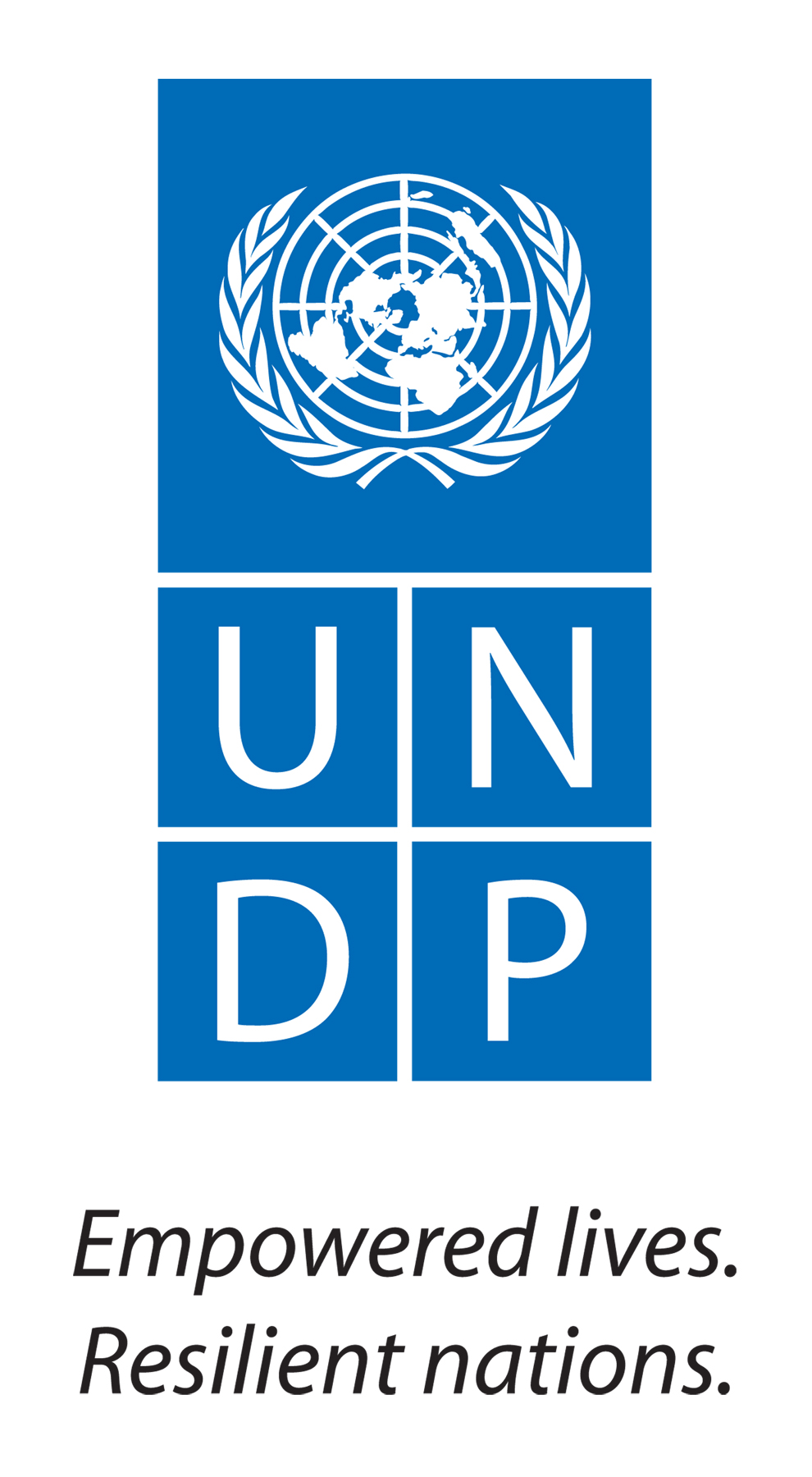Public Sector Assets
Public assets/resources and their management are critical for the ability of governments to deliver key services to its citizens. Good management reduces waste, improves economic performance, enhances social service, improves community lifestyles, safeguards the environment and ultimately will make a different to the lives of citizens. The risks to Pacific Island Country and Territories’ governments of poorly managed public assets/ resources can be significant and material. Although many of our Pacific SAIs are still auditing Whole of Government /Public Accounts that are still being prepared on a cash basis, there is a global effort to encourage accrual based accounting. In the meantime, it doesn’t necessarily mean that SAIs can’t start auditing public assets and raising significant issues to improve the management of these valuable government resources.
In November 2016, PASAI delivered a Regional Workshop to build capacity to effectively audit the management of public assets. The following are 24 key take away points from this workshop:
1. The purpose of assets is to provide a service.
2. There are two types of service, provider defined and user defined. Provider defined services are visible to administrators and may have key performance indicators to be measured and monitored. User defined services are those which are important to the community but often invisible to administrators.
3. There are four decision phases, planning, acquisition, operations and maintenance and disposal. It is at the early planning stage where around 75% of future life cycle costs are pre-determined.
4. Co-ordination of decisions, especially design and future Operational and Management (O&M) costs is essential to minimise life cycle costs, so lack of co-ordination is a key feature that Auditors should watch for.
5. Infrastructure is composed of many different elements, or components. It has to be managed as a system. Its life is undefined because we can keep it going indefinitely by renewing the components as they wear out. Think Grandfather’s Axe.
6. Infrastructure assets have a distinct pattern of decay or degradation. If basic maintenance is carried out then it will remain in good condition for about half its anticipated life before rehabilitation. But then maintenance costs start to rise and great care must be taken to get full value from the asset.
7. Expensive maintenance contracts are not needed in the first five years, only basic maintenance needs to be done. So it is important for audit to know where the assets are in their life cycles.
8. Three Step Asset Management Approach – 1. document the current situation, 2. determine what the future will be if this situation continues, 3. choose recommendations that have clear implications for improving the outcomes.
9. In documenting the current situation, look for three things – 1. what the agency knows about its assets, 2. what its management policies and strategies are, and 3. what its management practices are.
10. In considering the consequences and your recommendations, you can use a tool called the Descartes Square -What will happen if the current situation continues? What will happen if it doesn’t? What won’t happen if the current situation continues? What won’t happen if it doesn’t?
11. The Star Ratings Method is another tool. This can measure the current situation and tell the agency how to improve it. Audit can see whether the agency is spending its limited budget wisely.
12. Never take a ‘we don’t know’ answer as final. Just ask more detailed questions. If they don’t have an Asset Register, what do they know about their assets?
13. We will always have poor data. Make assumptions - but explain, check and document them!
14. An audit of the management of public assets is significant and material.
15. History - know your history because when you stand back you can see trends that make it possible to review the consequences and provide audit findings that are helpful.
16. If you are stuck in the detail, then you are not doing an audit of the management of public assets. Auditing “an asset” will lead to questions about its components. Auditing the management of a public asset will lead you to look at the decisions being made.
17. SDGs are the overall goals, National Development Plans set priorities for your country, Sector Plans apply priorities to sectors and annual budgets provide resources to implement the government’s plans to achieve the SDGs.
18. Identify future influences on the services such as urbanisation and climate change.
19. Capital funding is becoming more complex, the move to risk sharing with private sector can generate greater risk for governments. Watchpoint: B.O.O.T and P.P.P projects
20. Audit criteria - think ‘what should be’, benchmarks, ISO 55,000: Asset Management
21. Risk Management - Recognise and use key elements of Risk Assessment table:
Impact X Likelihood = Risk
22. Annual Audit Planning. Recognise the key elements of risk matrix and how to use them in Annual audit planning: Audit Universe, Financial Risk, Prior Audit Issues, Number of people impacted, Risk of Failure or Denial of Service
23. Recommendations and Reporting. Emphasise REAL risks and implications that are important to readers and stakeholders. Report to Legislature so that they will influence management.
24. Join and use a network of fellow auditors who are all thinking about asset management audits. Work together!
Relevant Resources:
Auditing Endorsed Version: INTOSAI GOV9160 Enhancing Good Governance for Public Assets
http://www.issai.org/en_us/site-issai/issai-framework/intosai-gov.htm
Accounting IPSAS-Accrual Basis:1
IPSAS 11 Construction Contracts
IPSAS 17 Property Plant and Equipment
IPSAS 26 Impairment of Cash-Generating Assets
IPSAS-Cash Basis
Exposure Draft 61, Amendments to Financial Reporting under the Cash Basis of Accounting
GASB Statement 51 Accounting and Financial Reporting for Intangible Assets
GASB Statement 42 Accounting and Financial Reporting for Impairment of Capital Assets & For Insurance Recoveries
GASB Concept Statement 6 Measurement of Assets and Liabilities
Other International Standard ISO 55000 Asset Management –Overview, principles and terminology
International Standard ISO 55001 Asset Management-Management Systems-Requirements
International Standard ISO 55002 Asset Management –Management systems
In previous Technical Update #01/2017 you were alerted to Professional Standards Update No.66 issued 19 January 2017 issued by US GAO. There are no further updates for March 2017.

